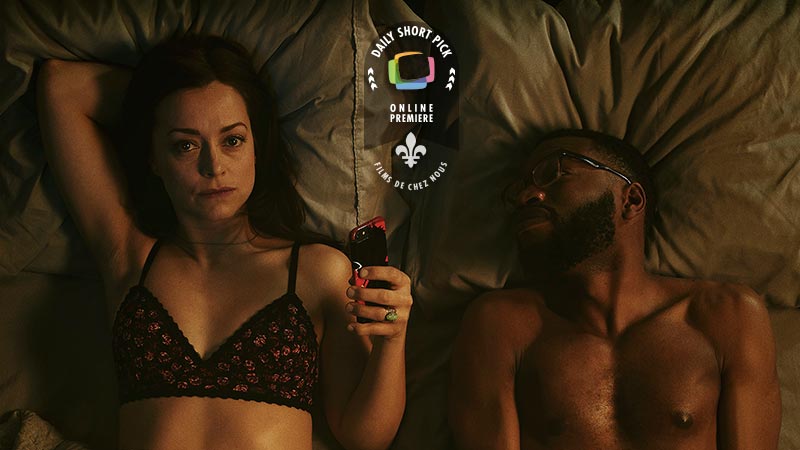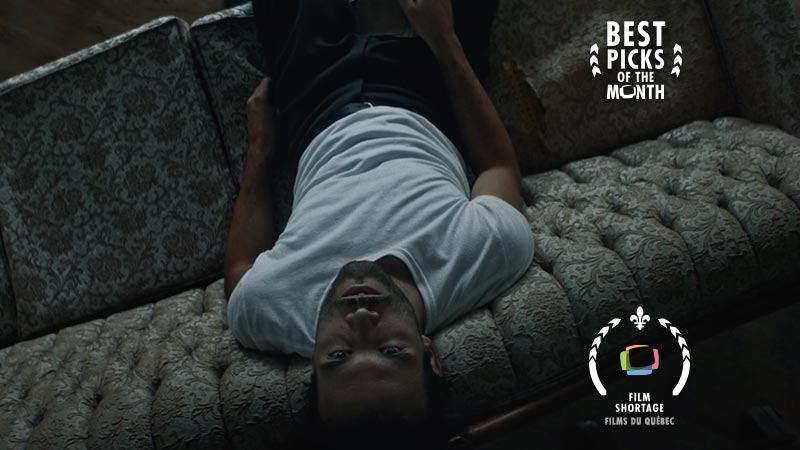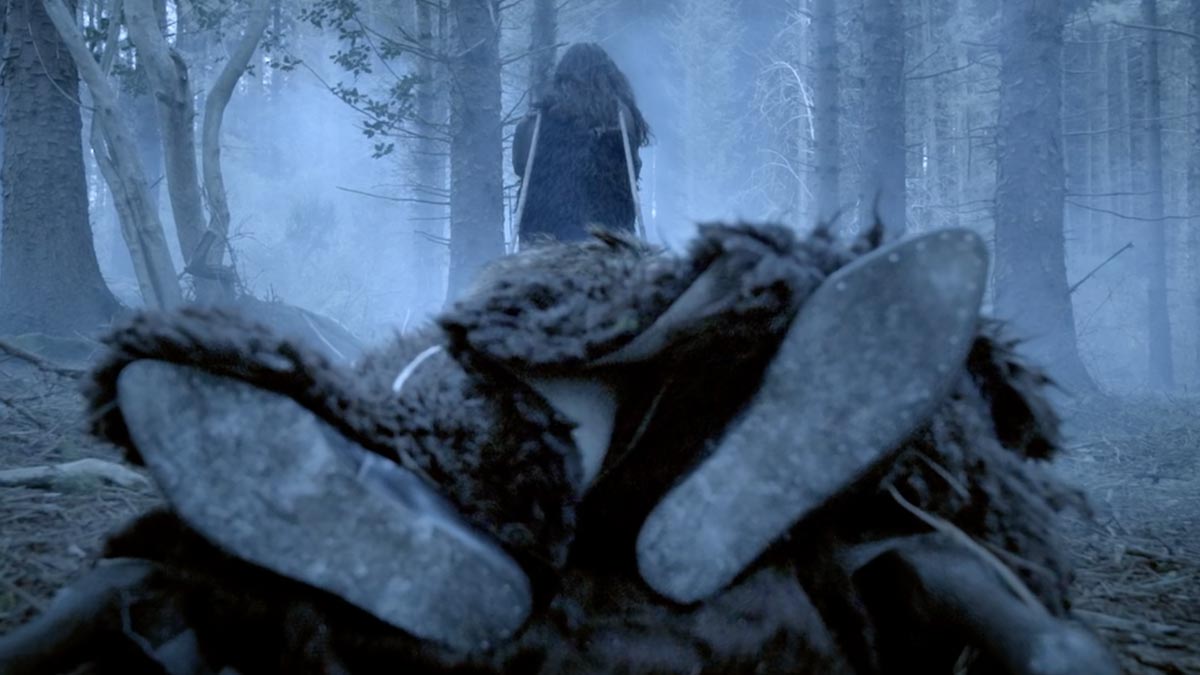A glimpse of a world at the dawn of a pandemic. From the somber desolation of Chernobyl’s ruins to Tibet’s untouched majestic mountains, Siberia’s glacial grounds and Mongolia’s snowy desert dunes.
Sometimes we just need a film that’s going to take us places. Where we can just sit back and enjoy the voyage. As its title indicates, ‘We Above III’ follows a succession of ‘We Above’ drone shorts by fellow Montrealer Kiril Shmidov (watch F***). Presented by Les Orphelins and 5S Visual Content, this one takes us from the somber desolation of Chernobyl’s ruins to Tibet’s untouched majestic mountains, Siberia’s glacial grounds and Mongolia’s snowy desert dunes. It’s cold, dark, eerie and incredibly beautiful.
We were excited to catch with with Kiril and ask him a few questions about his adventure.

What was the inspiration for We Above III’s particular cold and somber visual style?
We Above III’s initial concept, inspired by Godfrey Reggio’s Koyaanisqatsi, was to chronicle the birth of Nature and Mankind. The latter’s fall when two powers (Imperial Russia and Imperial China) crusade to claim it as their own and, the former’s eventual prevailing.
However, travelling while COVID-19 was silently spreading to nobody’s knowledge gave the film an additional layer. Becoming a glimpse of a world at the dawn of a pandemic from Mother Nature’s perspective. From the opening Pripyat proxy for the devastation left in COVID-19’s wake to towering historical monuments embodying mankind’s delusions of grandeur. The forces of Man and Nature are pit against each other in a hopeless conflict.

Can you tell us about your location scouting process?
The narrative was conceived synchronously with the trip itinerary: Chernobyl and Kiev, Russia, Siberia, Mongolia, Tibet, and China’s natural wonders (the Tianmen & Huangshan mountains, Wulingyuan) and eerie ghost cities (Tianducheng and Chenggong).
The itinerary wasn’t designed around this film but instead, as a research trip for a project I’m writing about my mother. Chronicling her upbringing during the Soviet Union in Norilsk (the northmost city in the world) and my family’s immigration to Canada during Perestroika in 1988. Yearning to “walk a mile in her shoes” over frozen Siberian ground; the Trans-Siberian, Trans-Mongolian and Trans-Tibetan allowed me to tie several dream destinations together, providing a much larger scope for this film.
How was the shooting process? Some of these locations seemed very remote, and also very far from Montreal.
Visiting North Korea in 2014 was the seed of my obsession with going off the beaten path destinations such as Chernobyl, Tibet and (one day) Antarctica became goals. While Romain Gavras’ music video for Jamie XX’s Gosh put Tianducheng and other Chinese ghost cities on my bucket list. Which I sadly never got around to visiting.
This film is an amalgam of two trips at two different and early stages of the pandemic. I found myself in Xi’an (an only eight-hour drive from Wuhan) on the day news about COVID-19 broke and had to abruptly end my trip. Striving to finish the film (albeit with a shifted narrative), a trip across Eastern Europe (Bulgaria, Romania, Hungary and the Czech Republic) ensued, starting with Turkey. Upon landing in Istanbul, countries of the European Union began shutting their borders one by one, leaving me to explore one country instead of five. The silver lining was that iconic Turkish sites such as Cappadocia’s hot-air-balloon-lifted skies were transformed into post-apocalyptic landscapes: a sight that was as alien to me as it was for the locals.

Along with the incredible visuals, the music is an important part of the experience, can you tell us how this song came into mix?
The greatest challenge was in creating a captivating cinematic experience rivalling the current wave of daredevil FPV drone videos. I presented to my editor, Alexandre Richard, a song that I discovered while traveling; Safari Riot’s cover of the Pixies’ Where Is My Mind? – for more reasons than one.
The pandemic brought forth a plethora of uncertainties about our future – as individuals and as a society. Confined to our homes, days morphed into one another. Time became a measure of survival rather than an accelerant for living. Our world grew smaller by the day while an invisible external threat swallowed the space we once inhabited. As time and space folded, our minds grew restless, a state symbolically manifested by upside down, tilted and mirrored shots. The frenetic pace dictated by Where Is My Mind? forces the viewer to ask himself “What am I looking at? Where am I?” and consequently, an overarching question arises: “Where is my mind?”.

What kind of drones and cameras did you use for this?
The film was shot with DJI Mavic Pro 2. When time allowed it, I used a Moment Anamorphic Lens but its original iteration proved cumbersome to mount as it required a gimbal recalibration after each set up which isn’t ideal when you’re short on time or flying somewhere where you shouldn’t be.
Thank you Kiril, and keep making these incredible films!
Where Is My Mind by Safari Riot is now added to ‘The Sound of Shorts’ playlist on Spotify – follow us!






